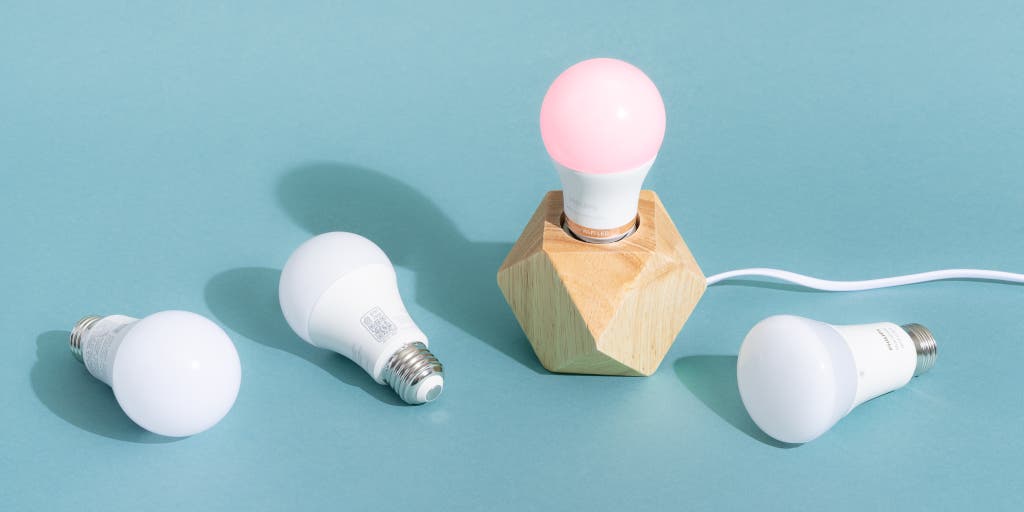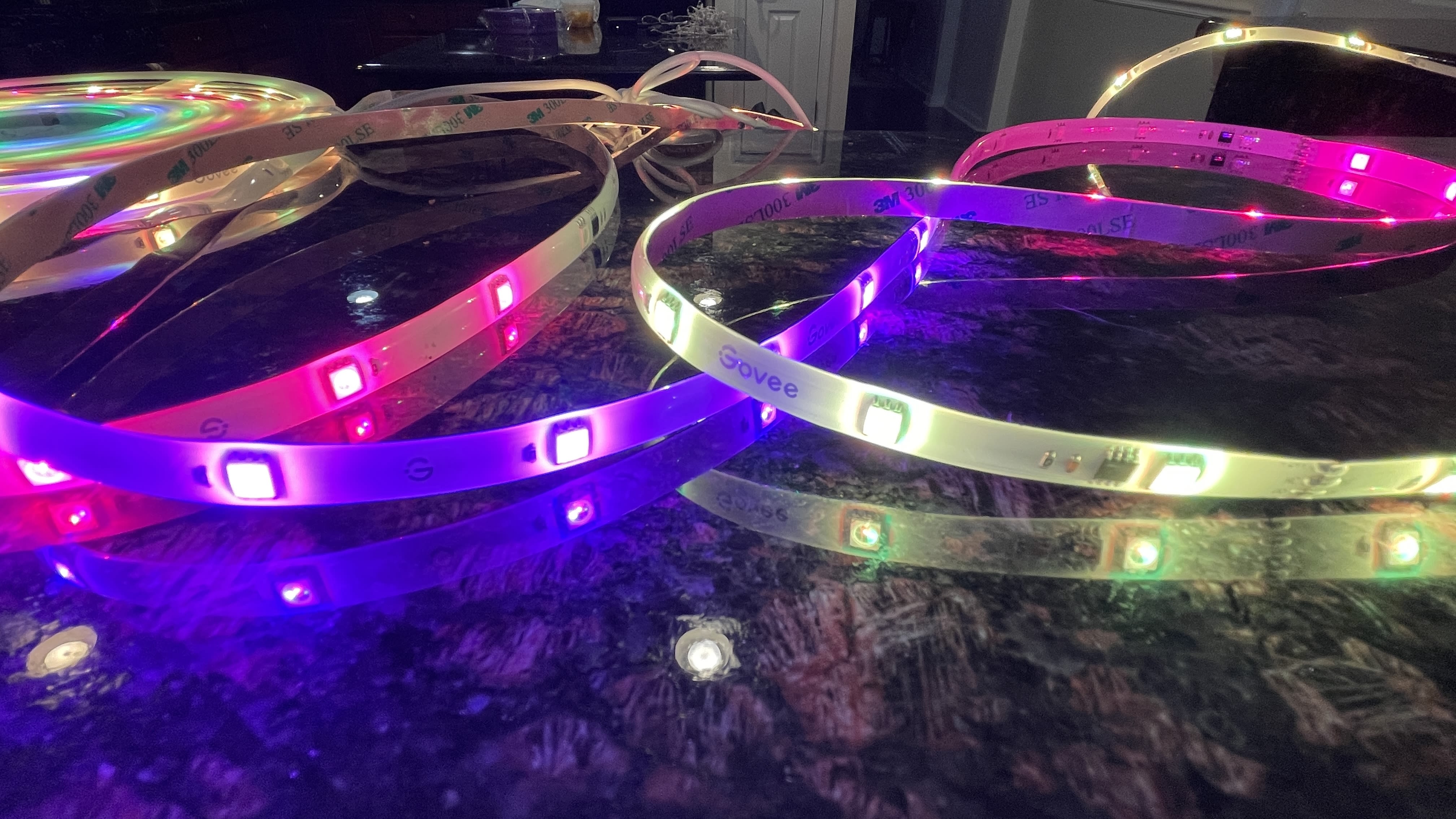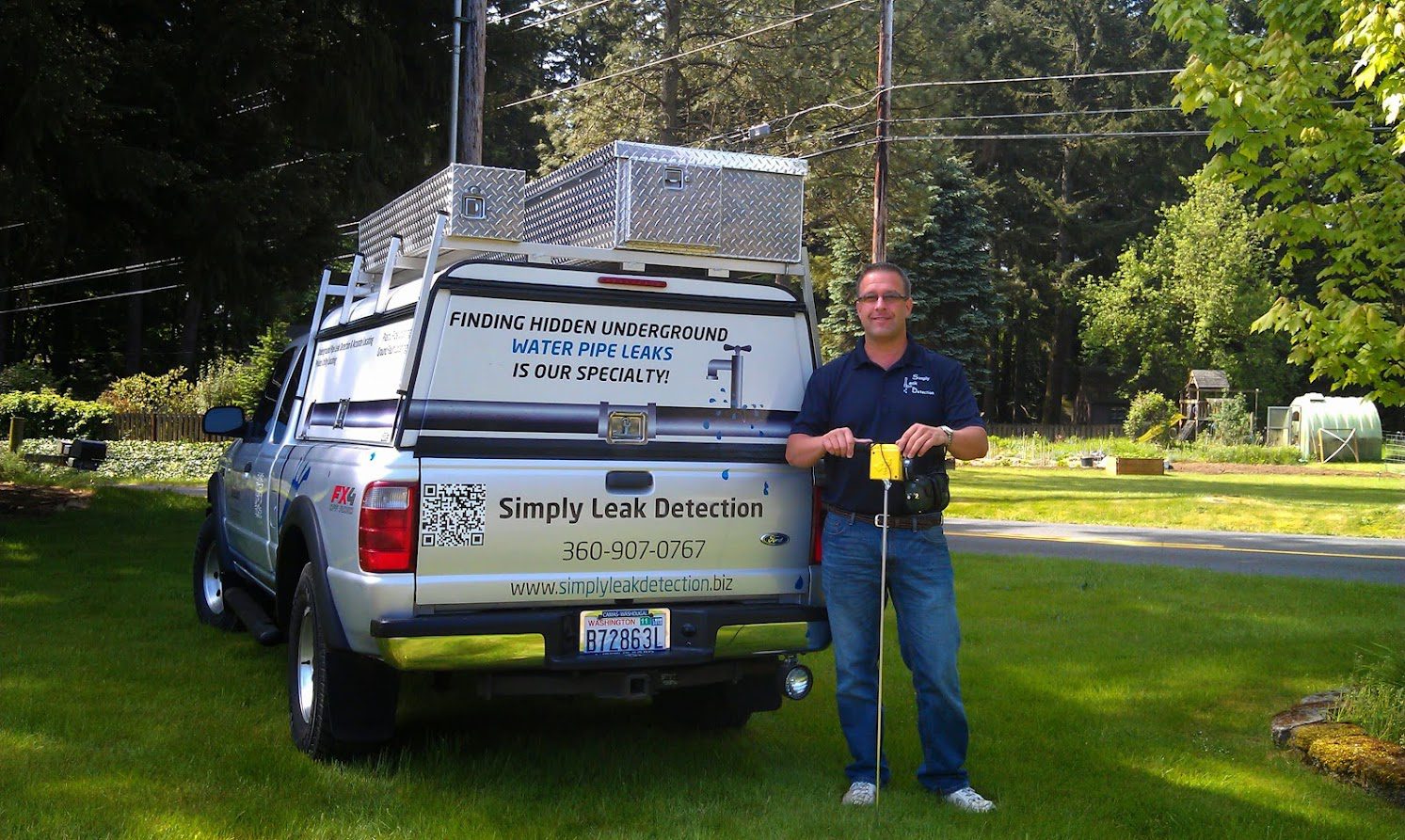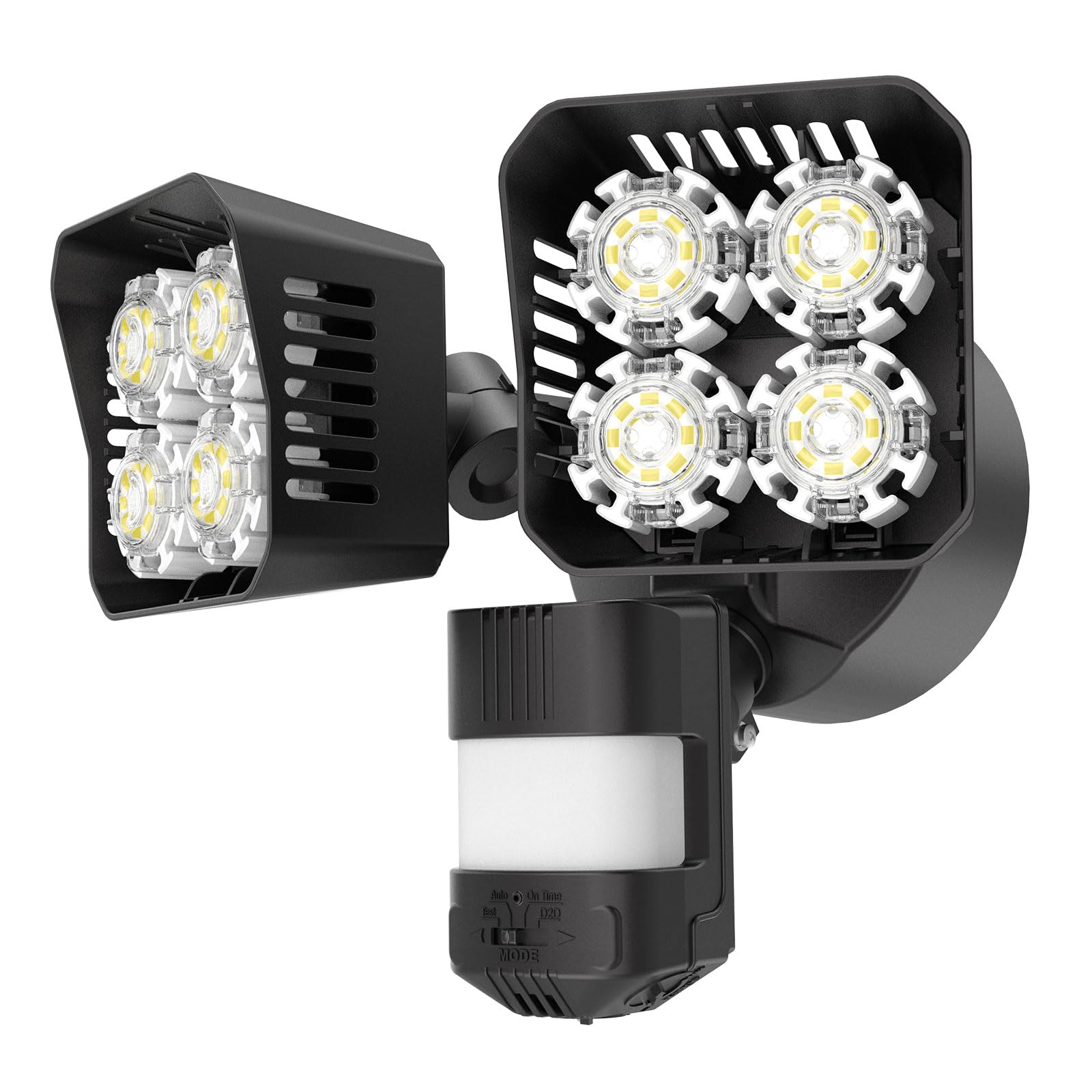What are Some Examples of Smart Lighting Applications? : 10 Ingenious Ways to Illuminate Your Spaces

Smart lighting applications include automated lighting control, remote control, color-changing capabilities, and integration with other smart devices for energy efficiency and convenience. These applications enable users to adjust and customize lighting in their homes or workplaces to suit their preferences, increase energy savings, and enhance the overall atmosphere.
With automated lighting control, users can schedule lights to turn on or off at specific times or in response to certain conditions, such as motion detection. Remote control allows users to manage their lighting systems remotely using smartphones or other devices.
Additionally, color-changing capabilities offer the ability to create different moods or highlight specific areas. Integration with other smart devices provides a seamless and interconnected lighting experience.
Creating Ambiance Through Color
Smart lighting applications provide numerous examples of how color can be used to create ambiance. Whether it’s setting a calming mood with warm hues or creating an energetic atmosphere with vibrant colors, smart lighting allows for endless possibilities in transforming any space.
Smart Bulbs And Fixtures For Customizable Lighting:
Smart lighting technology has revolutionized the way we illuminate our spaces by adding a touch of personalization and ambiance. With smart bulbs and fixtures, you have the power to control the color, brightness, and even the warmth of the lighting in any room.
Here are some key points to understand about these innovative smart lighting applications:
- Customizable Color: Smart bulbs and fixtures allow you to choose from a wide spectrum of colors to create the perfect lighting ambiance. Whether you’re hosting a cozy gathering or simply want to relax after a long day, you can easily adjust the color of your lights to match your desired mood.
- Remote Control: Thanks to the wonders of modern technology, controlling your smart bulbs and fixtures is as easy as a few taps on your smartphone. With compatible apps, you can effortlessly change the color and brightness of your lights from anywhere, anytime.
- Voice Control: Smart bulbs and fixtures are often compatible with voice control systems such as Amazon Alexa or Google Assistant, allowing you to switch lights on or off, adjust colors, and create dynamic lighting scenes using simple voice commands.
Automating Lighting Scenes For Different Moods:
Imagine effortlessly transforming the atmosphere of a room with just a tap or a voice command. Smart lighting technology enables you to automate lighting scenes for different moods, making it easier than ever to set the stage for any occasion.
Here’s what you need to know:
- Scene Presets: Smart lighting systems offer pre-programmed scene presets that cater to various needs and moods. These presets allow you to instantly create a cozy, relaxing environment or a vibrant, party-like atmosphere with just a single tap.
- Dynamic Lighting Effects: With the help of smart LED strips and other smart lighting devices, you can take scene automation to a whole new level. These devices can produce mesmerizing lighting effects, such as fading colors, pulsating patterns, or even synchronized lighting to match your music.
- Schedule and Timers: Smart lighting systems often include scheduling and timer features, allowing you to automate your lights throughout the day. You can set your lights to gradually brighten in the mornings to simulate a sunrise, or dim in the evenings to create a calming environment before bedtime.
Examples: Rgb Color-Changing Bulbs, Smart Led Strips:
Now that you understand the possibilities of smart lighting, here are a couple of examples of smart lighting applications that can help you create ambiance through color:
- RGB Color-Changing Bulbs: These smart bulbs are capable of producing a vast range of colors, allowing you to match your lighting to the mood or theme of any occasion. Whether you want a soft warm glow for a cozy night in or vibrant hues for a festive celebration, RGB color-changing bulbs have got you covered.
- Smart LED Strips: Flexible and versatile, smart LED strips are perfect for adding a touch of vibrant lighting to any space. With the ability to change colors, adjust brightness, and create dynamic lighting effects, they can transform the look and feel of a room in an instant.
By embracing smart lighting applications such as customizable bulbs and fixtures, and automating lighting scenes, you can effortlessly create the perfect ambiance to suit your preferences and enhance your living spaces in a whole new way. So go ahead, get creative, and let your lights illuminate your world with endless possibilities.
Enhancing Home Security
Smart lighting applications play a crucial role in enhancing home security, providing homeowners with increased control and convenience. These applications include motion sensor lights, timed lighting schedules, and remote access through smartphone apps for added peace of mind.
Smart lighting applications can significantly enhance the security of your home, providing you with peace of mind and an added layer of protection. By integrating motion-activated smart outdoor lighting and security systems, you can effectively deter potential intruders and keep your property safe.
Let’s explore some examples:
Motion-Activated Smart Outdoor Lighting:
- Illuminate your surroundings only when movement is detected, providing a sense of security without wasting energy.
- Instantly trigger the lights to turn on when someone approaches your home, creating a well-lit environment that discourages unwanted visitors.
- Enhance the visibility of dark areas around your property, reducing the likelihood of accidents and increasing safety.
Integration With Security Systems For Added Protection:
- Connect your smart lighting devices to your existing security system, enabling seamless communication and enhanced functionality.
- Automatically synchronize the activation and deactivation of lights with security alarms or cameras, creating a cohesive defense system.
- Receive instant notifications on your smartphone or other connected devices when motion is detected, allowing you to take immediate action if needed.
Examples:
- Smart floodlights: These intelligent lights combine efficient illumination with motion sensors, instantly turning on when they detect movement around your home. They are an excellent deterrent against potential intruders and provide clear visibility in low-light conditions.
- Wi-Fi cameras with built-in lights: These innovative devices offer a comprehensive security solution by combining surveillance and smart lighting capabilities. The built-in lights not only enhance visibility for the camera but also serve as a deterrent, increasing the effectiveness of your home security system.
Incorporating smart lighting applications into your home security setup can provide you with enhanced protection and peace of mind. By utilizing motion-activated smart outdoor lighting and integrating them with your security systems, you can create a formidable defense against intruders.
Whether it’s through the use of smart floodlights or Wi-Fi cameras with built-in lights, these applications combine convenience and increased safety to keep your home secure.
Energy Efficiency And Cost Savings
Smart lighting applications offer energy efficiency and cost savings by incorporating advanced technologies like motion sensors, dimmers, and automated controls. These applications optimize lighting usage, reducing electricity consumption and lowering utility bills.
Smart lighting applications offer various features that promote energy efficiency and contribute to cost savings. By implementing smart dimmers and occupancy sensors, adjusting lighting levels based on natural light and occupancy, and using devices like smart switches and automated blinds and shades, you can optimize energy usage and potentially reduce expenses.
Let’s explore these examples in more detail:
Smart Dimmers And Occupancy Sensors For Energy Conservation:
- Utilizing smart dimmers allows for easy adjustment of lighting levels, tailoring the brightness to a specific task or desired ambience. This not only enhances comfort but also reduces energy consumption.
- Occupancy sensors detect activity within a room and automatically turn lights on or off accordingly. This prevents lights from being left on in unoccupied spaces, leading to significant energy savings.
Adjusting Lighting Levels Based On Natural Light And Occupancy:
- Smart lighting systems can be programmed to automatically adjust light levels based on the availability of natural light. By integrating sensors that detect daylight, artificial lighting can be dimmed or turned off when sufficient natural light is present.
- Incorporating occupancy sensors further enhances energy efficiency by ensuring that lights are only activated in occupied areas. When a room is empty, the lights can be automatically switched off, reducing unnecessary energy usage.
Examples: Smart Switches, Automated Blinds And Shades:
- Smart switches allow users to remotely control lighting fixtures using mobile applications or voice commands. These switches provide convenience and enable users to manage lighting across multiple rooms or locations, ensuring that lights are turned off when not needed.
- Automated blinds and shades are another smart lighting application that helps regulate natural light. By adjusting the position of blinds and shades automatically, the amount of sunlight entering a room can be controlled, reducing the reliance on artificial lighting during daylight hours.
Implementing these smart lighting applications not only boosts energy efficiency but also brings about cost savings by reducing electricity consumption. By optimizing lighting based on occupancy and natural light, you can create a more sustainable and economical lighting environment in your home or workplace.
It is important to explore these options and choose the ones that best fit your needs, ultimately promoting a greener and more efficient future.
Boosting Productivity In The Workplace
Boost productivity in the workplace with smart lighting applications like motion sensors and automated controls. These examples optimize energy usage and create a comfortable and efficient working environment.
In today’s fast-paced world, productivity is key to success in the workplace. Smart lighting solutions offer innovative ways to enhance productivity by creating an optimal work environment. Let’s explore some examples of how smart lighting applications can boost productivity:
Smart Lighting Solutions For Optimal Task Lighting:
- LED desk lamps: These energy-efficient lamps provide focused lighting for specific tasks, such as reading, writing, or computer work. The ability to adjust the brightness and direction of the light ensures that individuals can work comfortably, minimizing eye strain and increasing productivity.
- Task lighting systems: These smart lighting setups utilize sensors to detect movement and provide lighting precisely where it is needed. When employees are engaged in different activities throughout the day, such as writing reports or attending meetings, task lighting ensures that the right amount of light is available for each task, promoting efficiency.
Adjustable Color Temperature To Enhance Focus And Alertness:
- Tunable white light panels: These smart panels allow users to adjust the color temperature of the lighting according to their needs. Cooler white light with higher color temperatures promotes focus and alertness, making it ideal for tasks that require concentration and attention to detail. On the other hand, warmer white light with lower color temperatures creates a calming atmosphere suitable for relaxation or brainstorming sessions.
- Personalized lighting profiles: Smart lighting systems can be customized to create individual lighting profiles based on employee preferences. By enabling employees to tailor the lighting to their specific needs, productivity can be maximized as individuals feel comfortable and motivated in their work environment.
Implementing smart lighting solutions in the workplace can have a significant impact on productivity. By optimizing task lighting and providing adjustable color temperatures, employees can work in an environment that promotes focus, alertness, and comfort. Whether it’s using LED desk lamps or tunable white light panels, the ability to personalize lighting profiles ensures that each individual’s productivity is enhanced to its fullest potential.
Promoting Well-Being With Circadian Lighting
Smart lighting applications offer numerous examples of how circadian lighting can promote well-being. From adjustable light temperatures to mimic natural daylight to personalized lighting control systems, these applications create environments that support healthy sleep patterns and boost productivity throughout the day.
Mimicking Natural Daylight Patterns For Better Sleep And Mood Regulation:
- Smart lighting applications can mimic the natural patterns of daylight, contributing to improved sleep and better regulation of mood.
- By replicating the intensity and color temperature of natural daylight, smart lighting can help create a more pleasant and soothing environment.
- Mimicking the warm, soft light of sunrise can promote wakefulness and alertness in the morning, while gradually dimming lights can signal the body to prepare for sleep in the evening.
Syncing Lighting With Your Body’S Internal Clock:
- Smart lighting systems can sync with your body’s internal clock, also known as the circadian rhythm.
- By adjusting the color and intensity of light throughout the day, these systems can help keep your body in tune with its natural sleep-wake cycle.
- Bright, cool-toned light during the day can enhance focus and productivity, while warmer, dimmer light in the evening can promote relaxation and prepare your body for sleep.
Examples:
- Smart bulbs with preset circadian modes: Some smart bulbs have pre-programmed circadian modes that automatically adjust the light color and brightness based on time of day. These bulbs can provide a seamless transition from energizing light during the day to calming, sleep-friendly light at night.
- Sleep-friendly nightlights: Smart nightlights can emit a soft, warm glow, making them ideal for promoting a restful environment in bedrooms or children’s rooms. These nightlights can be programmed to gradually dim as bedtime approaches, creating a gentle transition to sleep.
- Lighting automation: Using smart lighting automation systems, you can program lights to gradually brighten in the morning to simulate sunrise, helping you wake up more naturally. Similarly, lights can gradually dim in the evening to signal your body to wind down before sleep.
- Personalized lighting schedules: Smart lighting applications allow you to create personalized lighting schedules based on your preferences and routine. This flexibility enables you to customize your lighting to align with your specific circadian rhythm, optimizing your well-being.
With the advancement of smart lighting technology, promoting well-being through circadian lighting is becoming increasingly accessible. By mimicking natural daylight patterns and syncing with your body’s internal clock, these applications can have a positive impact on your sleep quality and mood regulation.
Whether it’s through smart bulbs with preset circadian modes, sleep-friendly nightlights, or personalized lighting schedules, the possibilities are significant for creating an environment that supports your well-being and enhances your daily rhythm.

Credit: www.cnn.com
Intelligent Lighting For Smart Home Integration
Intelligent lighting offers numerous smart home integration applications, including customizable lighting schedules, voice control through devices like Amazon Alexa, and automation based on motion sensors and occupancy detection. With smart lighting, homeowners can enhance energy efficiency, improve security, and create personalized lighting experiences.
Smart lighting applications have revolutionized the way we illuminate our homes. With advancements in technology, lighting systems have become more intelligent, offering a variety of innovative features. In this section, we will explore how smart lighting can be seamlessly integrated into a smart home environment, providing convenience and control at your fingertips.
Voice-Controlled Lighting Systems Using Virtual Assistants:
- Virtual assistants, such as Amazon Alexa or Google Assistant, have made it incredibly convenient to control smart lighting using voice commands.
- By simply speaking a command, you can turn lights on or off, adjust brightness, or even change the color of your lights.
- Voice-controlled lighting systems offer a hands-free experience and add a touch of modernity to your home.
Integration With Smart Home Platforms For Centralized Control:
- Smart lighting systems can be seamlessly integrated with various smart home platforms, offering centralized control from a single interface.
- Smart hubs act as a central command center, allowing you to control not only your lighting but also other smart devices in your home, such as thermostats, security systems, and door locks.
- Smart speakers with built-in voice control act as both a virtual assistant and a hub, providing a convenient solution for controlling all aspects of your smart home.
Here are a few examples of smart home platforms for centralized control:
- Smart hubs: Devices like Samsung SmartThings or Apple HomeKit act as a hub, connecting all your smart devices and allowing you to manage them through a mobile app.
- Smart speakers with built-in voice control: Products like Amazon Echo or Google Nest Hub not only provide voice-controlled lighting but also serve as a hub for managing other smart devices.
- Smart home platforms provide a seamless and unified experience, making it easy to create custom lighting scenes, automate schedules, and monitor energy usage.
With intelligent lighting for smart home integration, you can transform your living space into a truly connected and convenient environment. Voice-controlled lighting systems and integration with smart home platforms offer enhanced flexibility and control over your lighting preferences. Whether you prefer the ease of voice commands or centralized control through a smart hub, smart lighting applications have made it easier than ever to create a personalized and energy-efficient lighting experience in your home.
Creative Lighting Effects For Entertainment
Discover some exciting examples of smart lighting applications that can elevate entertainment experiences. From dynamic stage lighting that synchronizes with music to immersive lighting effects in theme parks, creative lighting techniques help create memorable and captivating moments.
Syncing Lighting With Movies, Music, And Gaming Experiences:
Smart lighting technology has revolutionized the way we engage with entertainment. By seamlessly syncing lighting with movies, music, and gaming experiences, we can create an immersive atmosphere that enhances our overall enjoyment. Here are some examples and benefits of using smart lighting for creative effects in entertainment:
- Smart LED strips with music synchronization: Imagine dancing to your favorite tunes with lights pulsating to the beat. Smart LED strips can synchronize with music, creating a visual spectacle that amplifies your experience. Whether you’re hosting a party or simply enjoying some downtime, this feature adds an exciting element to the ambiance.
- Gaming lighting accessories: Gaming is more than just pressing buttons on a controller; it’s about being fully engaged in the virtual world. Smart lighting accessories, like programmable RGB keyboards and mouse mats, can be synchronized with gameplay, changing colors and patterns based on in-game events. This dynamic lighting not only looks visually stunning but also enhances your gaming performance by providing visual cues and feedback.
- Dynamic lighting patterns for immersive entertainment spaces: If you want to transform your entertainment space into a personal theater or gaming den, dynamic lighting patterns can elevate the experience. By integrating smart lighting systems with your home entertainment setup, you can create personalized presets that adjust the lighting according to the mood or content you’re enjoying. This allows you to truly immerse yourself in the entertainment and feel the moments come alive.
Syncing lighting with movies, music, and gaming experiences opens up a whole new world of creative possibilities. Smart LED strips with music synchronization, gaming lighting accessories, and dynamic lighting patterns for immersive entertainment spaces are just a few examples of how smart lighting can enhance our entertainment experiences.
So, why settle for ordinary when you can take your entertainment to the next level with these innovative lighting applications?
Smart Lighting Solutions For Safety And Accessibility
Smart lighting solutions offer a range of applications to enhance safety and accessibility. Examples include motion sensor lights for hands-free illumination, programmable lighting schedules for security purposes, and voice-controlled lighting for increased convenience and independence. Discover the power of smart lighting for improved comfort and peace of mind.
Smart lighting technology has revolutionized the way we illuminate our homes and businesses, offering a vast array of practical applications. In this section, we will explore some examples of smart lighting solutions specifically designed to enhance safety and accessibility. Whether it’s improving navigation through motion-sensing pathway lights or empowering individuals with mobility challenges through voice-activated lighting, smart lighting opens up a world of possibilities.
Pathway Lighting For Improved Navigation And Safety:
- Motion-sensing pathway lights: These intelligent lights are equipped with motion sensors that detect movement and automatically illuminate the path, ensuring better visibility and safety.
- Increased visibility: By strategically placing pathway lights along walkways, staircases, and outdoor spaces, individuals can navigate with ease, even in the darkest of environments.
- Adjustable brightness: Smart pathway lights often offer adjustable brightness levels, allowing users to customize the lighting intensity based on their specific needs.
- Energy efficiency: Many motion-sensing pathway lights are designed to conserve energy by turning off when no movement is detected, ultimately reducing electricity consumption and contributing to a sustainable lifestyle.
Voice-Activated Lighting For Individuals With Mobility Challenges:
- Voice-controlled smart switches: By integrating voice-activated technology, smart switches enable individuals with mobility challenges to control their lighting fixtures using simple voice commands.
- Hands-free operation: Voice-activated lighting eliminates the need for manual switches, providing an effortless, hands-free experience for those with limited mobility.
- Accessibility for all: By implementing voice-activated lighting, individuals with physical disabilities or motor skill impairments can independently control their lighting, promoting inclusivity and accessibility within their living spaces.
- Customization options: Smart lighting systems often offer personalized settings, allowing users to create pre-determined lighting scenes that match their unique preferences and needs.
- Integration with virtual assistants: Voice-controlled lighting can be seamlessly integrated with popular virtual assistants like Amazon Alexa or Google Assistant, providing a user-friendly experience and enhancing convenience.
Smart lighting solutions for safety and accessibility go beyond mere illumination. These innovative technologies empower individuals with improved navigation, greater independence, and enhanced quality of life. Whether it’s motion-sensing pathway lights or voice-activated smart switches, smart lighting applications not only ensure safety and convenience but also contribute to a more inclusive and sustainable future.
Personalized Lighting For Art And Décor
Discover a range of personalized lighting options for enhancing art and decor with smart lighting applications. From adjustable color temperatures to dynamic lighting effects, elevate your space with the perfect ambiance.
Illuminating artwork and highlighting architectural features:
- Lighting plays a crucial role in enhancing the beauty of artwork and architectural features in our homes or workspaces. Smart lighting solutions offer various benefits when it comes to personalizing the lighting for art and décor. Here are some key points to consider:
- Subtle illumination: Smart lighting allows you to create an ideal environment for showcasing art by providing subtle yet focused lighting. It ensures that the artwork is well-lit without overpowering the surrounding areas.
- Adjustable brightness: With smart lighting, you can easily adjust the brightness level to suit different artwork. This flexibility is essential to bring out the details and textures of each piece and create a visually pleasing display.
- Color temperature control: Smart lighting systems offer the ability to adjust the color temperature, allowing you to set the desired ambiance for your art and décor. Warm tones can create a cozy and inviting atmosphere, while cooler tones can add a modern and contemporary touch.
Adjustable lighting for showcasing different design elements:
- Besides illuminating artwork, smart lighting applications also offer adjustable options to highlight various design elements. Here’s how it can help:
- Picture frame lighting: Smart lighting solutions provide specially designed fixtures for illuminating picture frames. These fixtures can be easily installed above or below the artwork, ensuring optimal lighting to showcase photographs, paintings, or other framed pieces.
- Track lighting with adjustable heads: Track lighting with adjustable heads is a versatile solution for highlighting architectural features such as sculptures, decorative moldings, or accent walls. You can easily position the adjustable heads to direct light precisely where you want it, drawing attention to specific design elements.
- Creating focal points: Smart lighting allows you to experiment with different lighting schemes to create focal points in your space. By adjusting the intensity, direction, and color of the light, you can draw attention to specific areas and enhance the overall visual appeal of your art and décor.
Smart lighting applications provide personalized lighting solutions for art and décor. From illuminating artwork with subtle and adjustable lighting to highlighting architectural features with adjustable fixtures, these smart solutions allow you to tailor the lighting to your unique preferences and create a captivating ambiance in your space.
Outdoor Lighting For Landscaping And Outdoor Living
Enhance the beauty of your outdoor space with smart lighting applications for landscaping and outdoor living. Experience the convenience of automated lighting, such as path lights, spotlights, and color-changing bulbs, controlled through smart devices, adding both ambiance and security to your outdoor area.
Smart lighting applications have revolutionized the way we illuminate our outdoor spaces. From highlighting landscape features and pathways to creating an enchanting ambiance for relaxing outdoor areas, smart outdoor lighting offers endless possibilities. Let’s explore some examples of how smart lighting can enhance your landscaping and outdoor living experience.
Highlighting Landscape Features And Pathways:
- Accentuate the beauty of your garden or backyard by strategically placing smart lights to highlight unique features like trees, statues, or water features.
- Use smart lighting to illuminate pathways and walkways, ensuring safe navigation during the night.
- With the ability to set timers and motion sensors, smart lights can automatically turn on when someone approaches, enhancing both safety and aesthetics.
Outdoor Mood Lighting For Relaxing Outdoor Spaces:
- Create a cozy and inviting atmosphere in your outdoor living areas with smart mood lighting.
- Install weatherproof decorative string lights to adorn your patio, pergola, or backyard. These lights can be controlled remotely, allowing you to easily adjust brightness and color.
- Combine different lighting elements, such as spotlights and wall sconces, to create layered lighting effects that complement your outdoor decor.
Examples of smart lighting products for landscaping and outdoor living:
- Smart garden lights: These versatile lights can be placed along garden beds, flower pots, or pathways to provide soft and adjustable illumination. Many smart garden lights offer color-changing options, enabling you to create a vibrant and dynamic outdoor space.
- Weatherproof decorative string lights: Designed to withstand outdoor conditions, these lights can be easily draped across trees, fences, or pergolas. With smart capabilities, you can control their brightness, color, and even create custom lighting schedules.
- Motion-activated floodlights: Ideal for enhancing security, these lights turn on automatically when motion is detected. They can be integrated with your existing smart home system, allowing you to receive alerts and monitor your outdoor spaces remotely.
By incorporating smart outdoor lighting into your landscaping and outdoor living areas, you can transform your space into a captivating and functional retreat. Whether you want to emphasize key features or create a relaxing ambiance, smart lighting applications offer endless possibilities for enhancing your outdoor experience.
Frequently Asked Questions Of What Are Some Examples Of Smart Lighting Applications?
What Are The Applications Of Smart Light?
Smart lights have various applications, such as adjusting brightness, color, and scheduling. They can be used for ambiance, security, energy efficiency, and convenience in homes and businesses.
What Is An Example Of Smart Lighting Technology?
One example of smart lighting technology is remote-controlled LED bulbs that you can adjust using a smartphone app.
What Are The Different Types Of Smart Lighting?
Smart lighting comes in different types such as LED bulbs, smart switches, light strips, and color-changing bulbs.
What Are The Applications Of Lighting Control System?
Lighting control systems have diverse applications in homes, offices, and public spaces for efficient energy usage and tailored lighting experiences.
Conclusion
To sum up, smart lighting has revolutionized the way we illuminate our spaces. From enhancing energy efficiency to improving security and creating immersive experiences, the applications of smart lighting are vast and diverse. Whether you want to control your lights remotely, adjust their brightness based on the time of day, or create personalized lighting scenes, smart lighting offers endless possibilities.
In homes, offices, outdoor environments, and even in cities, smart lighting is playing a crucial role in creating more sustainable and intelligent spaces. With advancements in technology, we can expect even more innovative applications of smart lighting in the future.
So, whether you are looking to create a cozy ambiance in your living room or enhance the productivity in your workplace, smart lighting is the way to go. Embrace the power of smart lighting and transform your spaces like never before.





